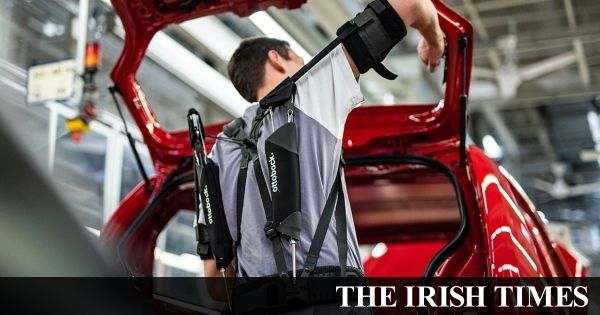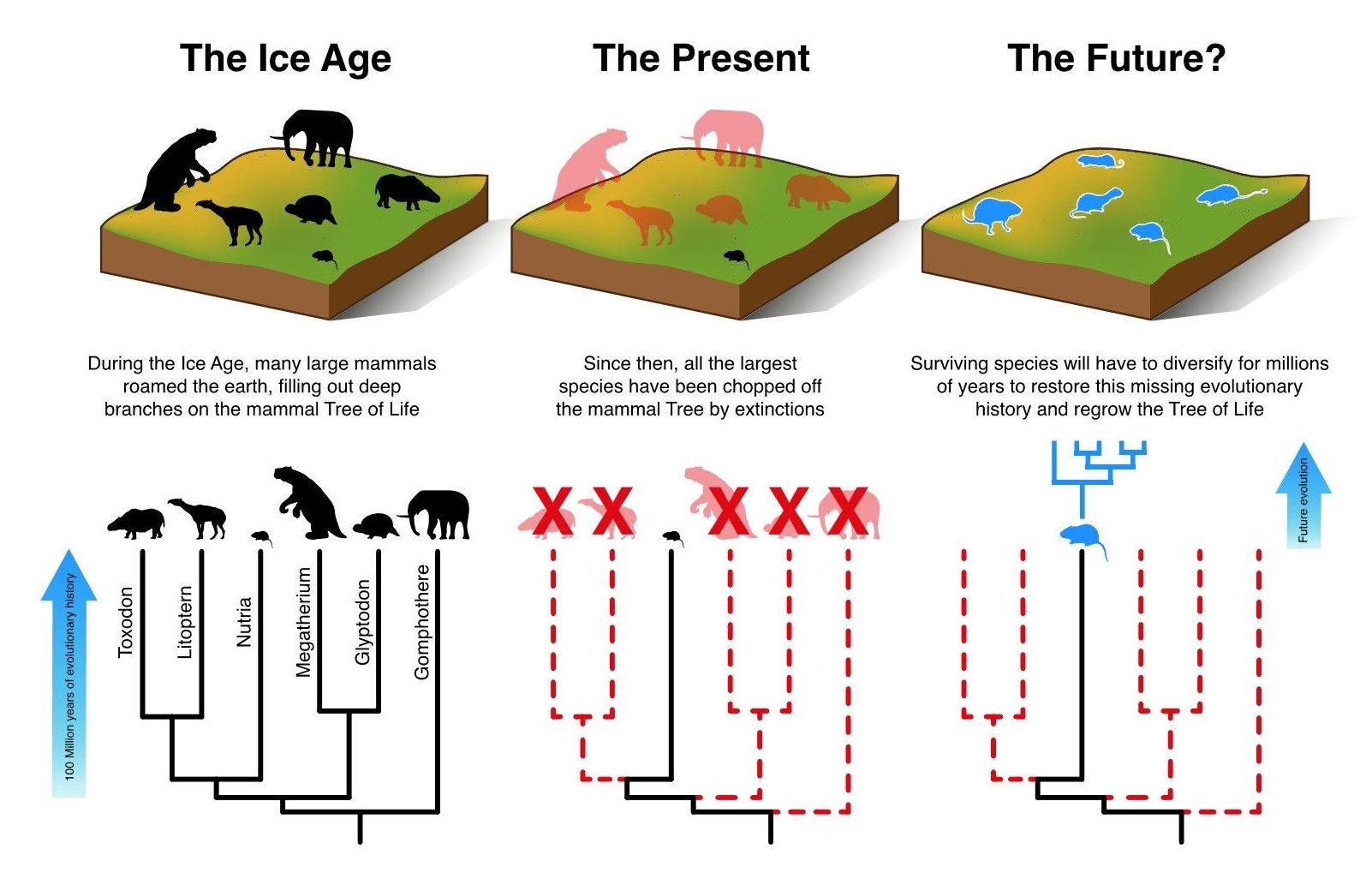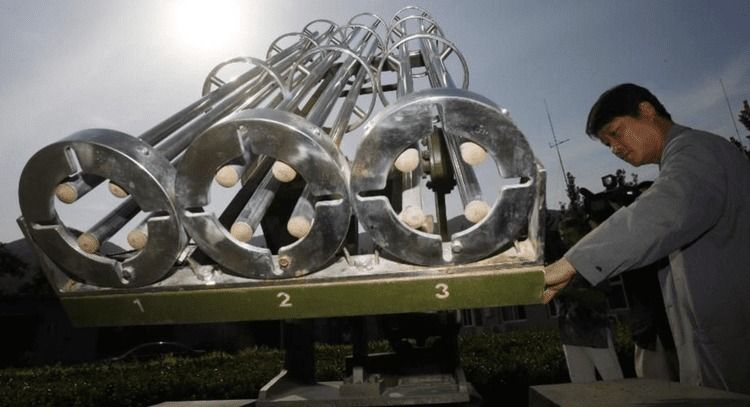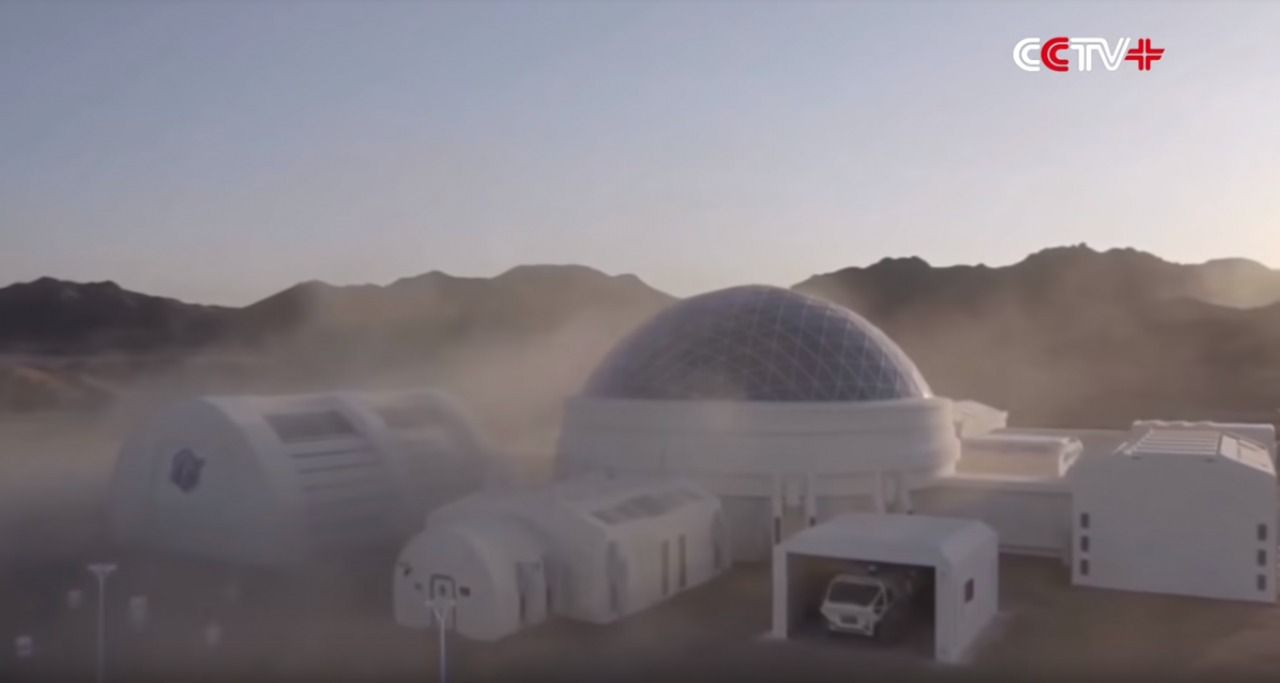Oct 15, 2018
To be – or not to be – an enhanced human
Posted by Carse Peel in categories: biotech/medical, cyborgs, law, wearables
Should there be any ethical or legal boundaries to technologies that enhance humans? I pondered this last week as I read an online article about the recent trials of upper-body “exoskeletons” by production line staff at Volkswagen and at Chrysler-Fiat. These lightweight wearable frames greatly reduce the physical strain of repetitive overhead assembly work, and will be an important industrial enhancement as workforces age.
We tend to think of medical advancement in terms of better cures for diseases and recovery from injury. Enhancement however goes beyond therapy, and extends us in ways that some may argue are unnatural. Some human enhancements are of course also pre-emptive therapeutic interventions. Vaccination is both an enhancement of our immune system, and a therapeutic intervention. However, in cases where there is little preventative justification, what degree of enhancement is acceptable?
We drink coffee expecting our work performance to improve. We accept non-elective operations, breast implants, orthodontic improvements and other interventions which improve our perception of ourselves. We generally accept such enhancements with little question. However devices and drugs that improve athletic performance can lead us to question their legitimacy.
Continue reading “To be – or not to be – an enhanced human” »


















